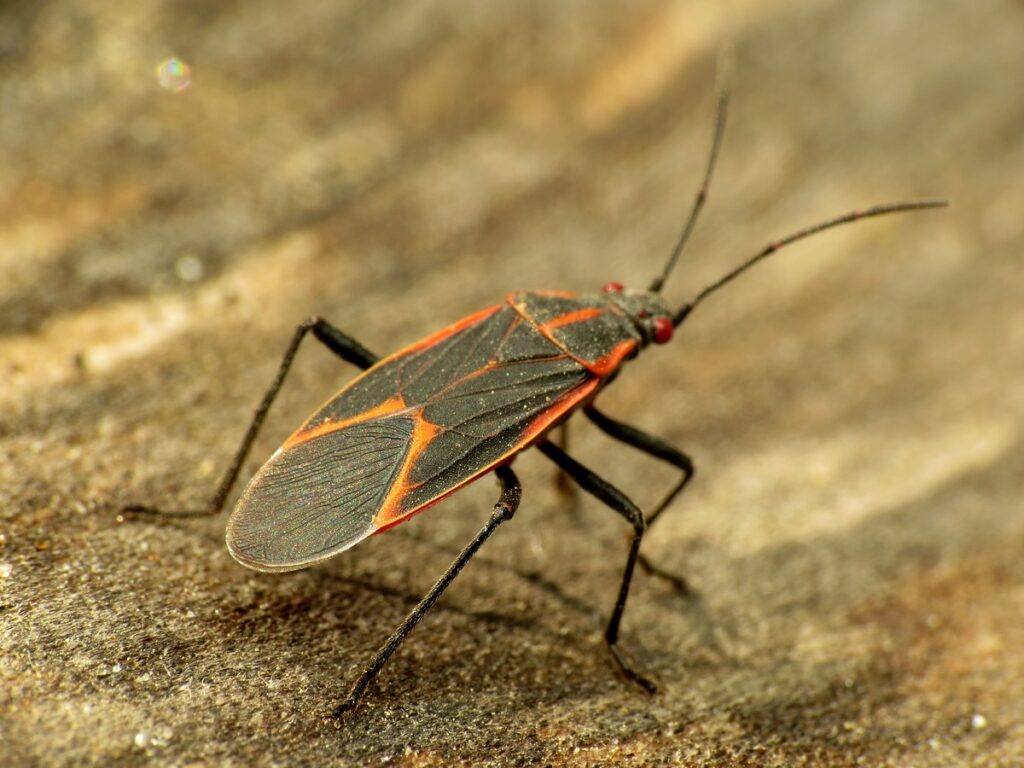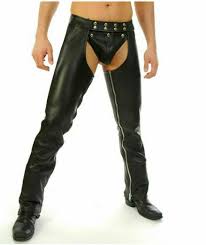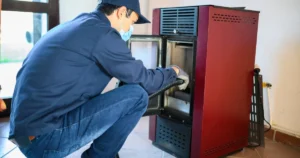
As the crisp air of fall begins to roll into Northern Illinois, residents start to notice a familiar — and often unwelcome — guest: the boxelder bug. These black and red insects seem to appear out of nowhere, swarming on sunlit walls, windows, and sometimes even sneaking indoors. While they don’t bite, sting, or cause structural damage, boxelder bugs control can be a nuisance due to their sheer numbers and their tendency to overwinter inside homes. But what exactly drives these bugs to Northern Illinois homes during the fall? Let’s take a closer look at their seasonal behavior.
What Are Boxelder Bugs?
Boxelder bugs (Boisea trivittata) are a native North American species of true bug. Adult boxelder bugs are about half an inch long, with black bodies marked by distinctive red or orange lines along their thorax and wings. Nymphs, or immature boxelder bugs, are bright red and smaller in size.
As their name suggests, these bugs are most commonly associated with boxelder trees (a type of maple), but they are also found on other trees like ash and silver maple. Their diet primarily consists of tree seeds and leaves, which they pierce with their mouthparts to feed.
Why Are They Active in the Fall?
The behavior of boxelder bugs changes significantly with the seasons. During spring and summer, they live and feed on host trees outdoors. But as temperatures begin to drop in early fall — typically around September in Northern Illinois — boxelder bugs start looking for a warm place to spend the winter.
This is when they become a problem for homeowners.
Why Northern Illinois Homes?
Northern Illinois provides the perfect mix of environment and housing structures that appeal to overwintering boxelder bugs. Here’s why:
1. Seasonal Climate
The region experiences sharp drops in temperature during the fall, prompting the bugs to seek warmth. Boxelder bugs are cold-blooded and cannot survive harsh winters outdoors without shelter.
2. Sun-Exposed Walls
Boxelder bugs are attracted to warmth and light. They tend to congregate on the south- and west-facing walls of homes, which receive the most sun during the day. Brick, stucco, and wood siding retain heat, making them especially attractive.
3. Cracks and Crevices
Once they find a warm surface, boxelder bugs start searching for entry points into your home. They exploit cracks in siding, gaps around windows and doors, attic vents, and other small openings to sneak inside.
4. Old and Drafty Homes
Older homes, common throughout many Northern Illinois communities, often have more entry points for pests. Poorly sealed windows and insulation gaps make it easier for boxelder bugs to get inside and hunker down for the winter.
Indoor Behavior: What Happens After They Enter?
Once inside, boxelder bugs don’t reproduce or cause damage, but they do enter a semi-dormant state called diapause. However, warm indoor temperatures can trick them into becoming active again, especially on sunny winter days. That’s when you’ll see them crawling around windows, walls, or even flying through rooms.
While mostly harmless, they can leave reddish-orange stains on walls, curtains, and furniture if crushed — and they can emit a foul odor as a defense mechanism.
How to Prevent Boxelder Bug Infestations
Prevention is key to keeping boxelder bugs from invading your home. Here are a few effective strategies:
-
Seal Entry Points: Caulk cracks around windows, doors, and siding. Check for gaps in your roofline, soffits, and attic vents.
-
Install Screens: Ensure window and door screens are intact and properly fitted.
-
Use Insecticides Wisely: Insecticide sprays may help if applied to exterior walls during peak migration periods, but they are often only a temporary solution.
-
Vacuum, Don’t Crush: If bugs do make it inside, vacuum them up instead of crushing them to avoid stains and odors.
When to Call a Professional
If you’re seeing large numbers of boxelder bugs year after year, or if they’re getting into your home despite your best efforts, it might be time to consult a pest control professional. They can assess your property for vulnerabilities and apply more targeted treatments.
Final Thoughts
Boxelder bugs are a part of fall life in Northern Illinois, much like falling leaves and chilly breezes. While they’re more of a nuisance than a threat, their seasonal behavior can still be frustrating for homeowners. By understanding why these bugs are drawn to your home — and taking preventive steps early in the season — you can keep your fall pest-free and comfortable.






